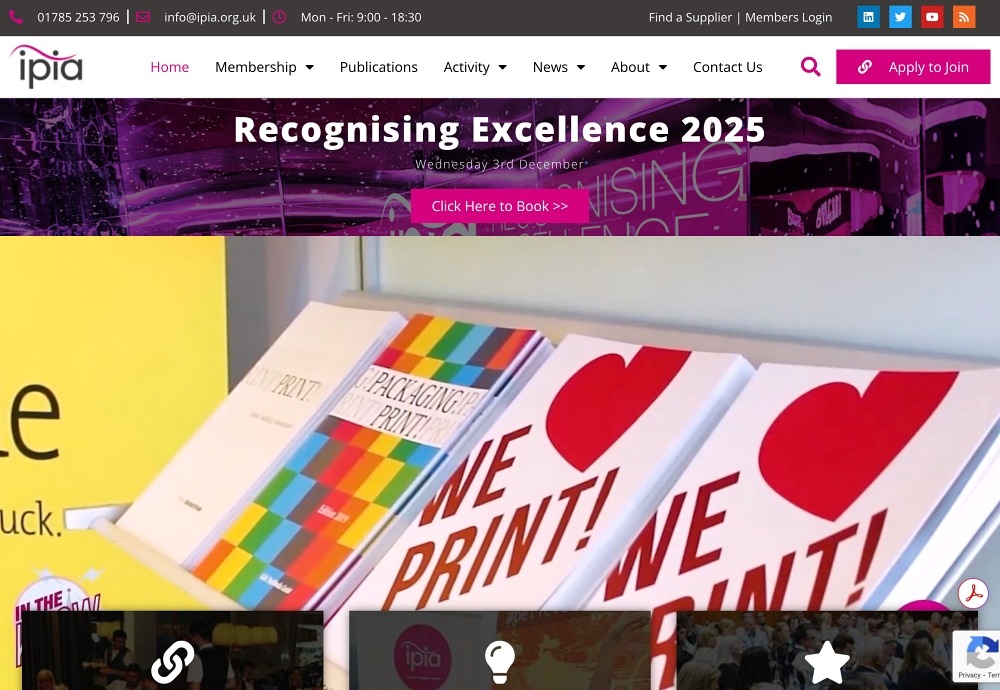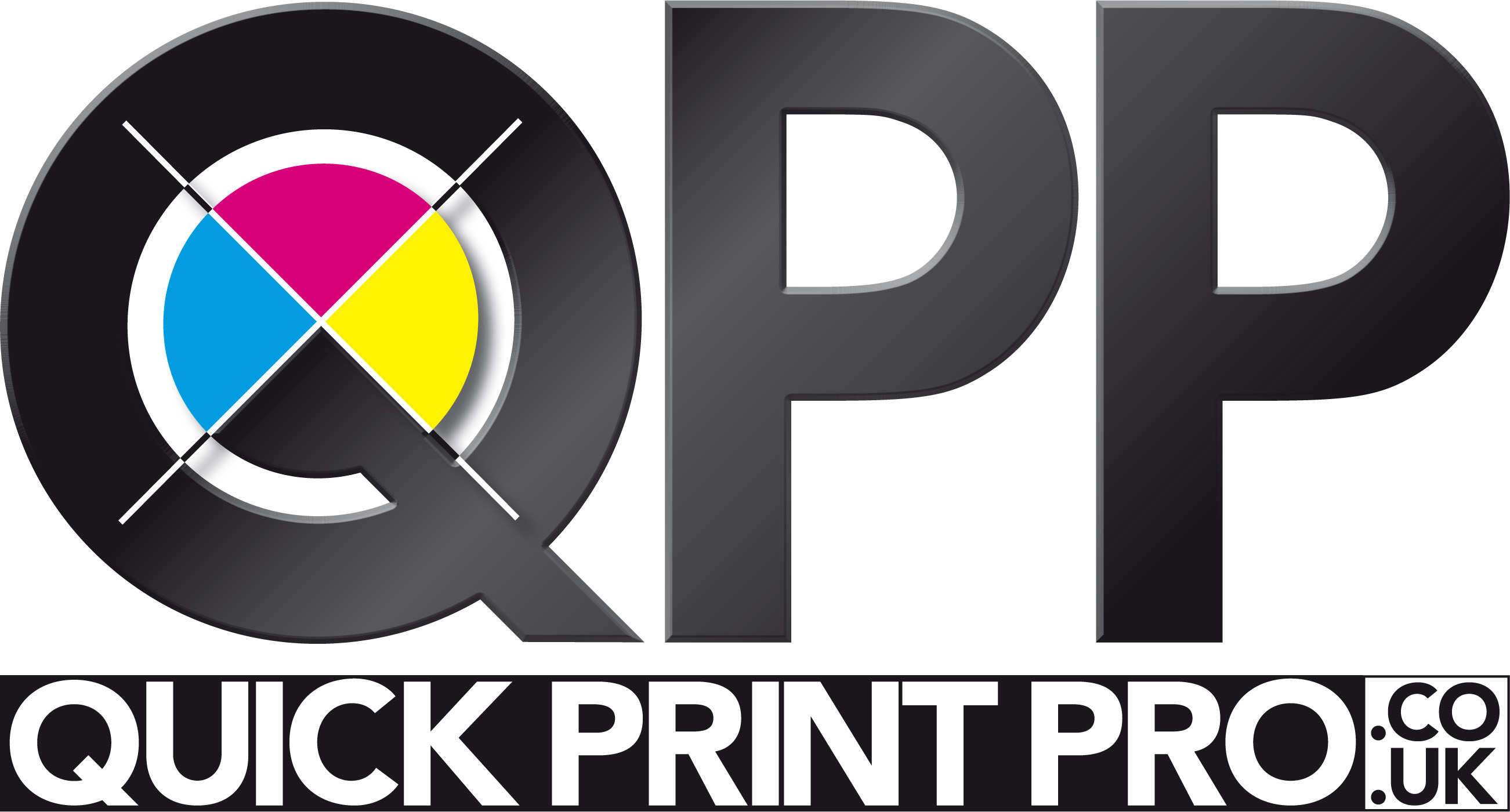When Lidl paused its store flyers for a year, Professor Van Lin studied the impact on store traffic, customer spending, and product sales — both promoted and non-promoted. The findings reveal why printed door drops remain indispensable.
Some retailers are moving from printed door drops to digital retail media. But does it work? A new scientific study by Arjen van Lin, Kristopher Keller and Jonne Guyt (2024) explores what happens when flyers are removed.
The authors analysed the behaviour of Dutch households before and after hard discounter Lidl ceased flyer distribution in the province of Utrecht. Their findings carry important implications for retailers, policymakers and the print media ecosystem.
The article at a glance
Cutting print cuts sales: 7,7% drop in spending
Digital doesn’t fill the gap
Backlash is growing, consumers show resistance to print removal
Occasional shoppers disengage: 5,7% drop promo items spend
Print pays
The study’s conclusions are echoed by the recent decision of the French government not to roll out the “Oui Pub” initiative—a trial scheme that introduced an opt-in system for unaddressed advertising mail. Despite clear environmental intentions, the pilot revealed complex trade-offs between digital and print, retailer visibility and consumer behaviour.
“Retailers cannot retire the print store flyers and hope to avoid any adverse effects.”
Arjen van Lin
Associate Professor / Tilburg University
The Lidl experiment: a natural test case
In early 2023, Lidl stopped delivering its weekly flyer to households in the province of Utrecht, while continuing distribution in the rest of the Netherlands. The flyer had long served as one of the discounter’s key communication tools, listing promotions across fresh produce, national brands, and private labels.
Using GfK household scanner data from 2021–2023, the researchers compared shopping behaviour in Utrecht with that in other provinces. Their analysis focused on 2,772 households that had previously visited Lidl at least once.
The findings were striking among these Lidl customers who stopped receiving the flyer:
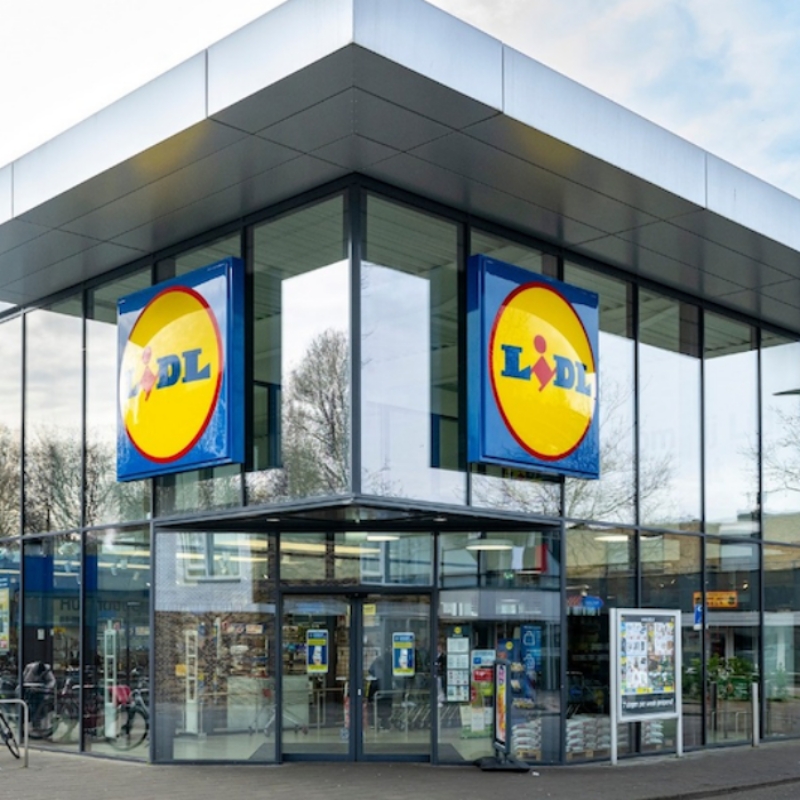
Total grocery spend at Lidl dropped by 7.7%
Units purchased fell by 6.1%
Spending on promoted items declined by 4.6%, and on non-promoted items by 6.3%
The number of shopping trips to Lidl dropped by 2%
In contrast, households spent 6.2% more at other retailers, but without increasing the number of store visits. In other words, Lidl lost market share—customers shopped as often, just elsewhere.
Occasional customers drive the change
The effects were not uniform. For households that considered Lidl their primary retailer, shopping behaviour remained steady. But for occasional Lidl customers, the absence of the flyer led to disengagement: expenditures dropped by 8.8%, spending on promoted items by 5.7%, and units of promotional items by 4.3%. These shoppers reallocated their baskets—both promotional and non-promotional—to their main store, making printed flyers crucial for attracting occasional shoppers.
This finding highlights the strategic value of the flyer: it keeps the brand top of mind among infrequent visitors, not just loyal ones. Without this reminder, Lidl lost both visibility and revenue.
Consumers prefer print—and engage with it
The study aligns with broader European consumer behaviour. In several EU countries—such as Belgium, the Netherlands, Germany, and France—print remains the preferred format for retail advertising. A 2023 by post study found that 60% of Belgian consumers prefer printed promotions, and Dutch data show that 54% of people would miss printed flyers if they no longer received them.
Print flyers are often read in shared household spaces, reused multiple times, and scanned for deals with ease. Digital alternatives, by contrast, require active engagement, digital access, and a degree of effort that not all consumers are willing or able to provide.
Arjen van Lin also underlines that printed flyers solve a behavioural challenge for retailers: “It takes effort for consumers to actively open an app or a retailer’s website to look for promotions. Flyers eliminate that step, ensuring visibility. For many retailers, flyers drive a significant share of customer purchases.”

Furthermore, van Lin emphasises that the effectiveness of any medium—print included—should be properly assessed: “I am not a strong advocate of abolishing leaflets. I believe it’s essential to measure how effective they are in each specific context. This applies not just to print, but to every medium.”
Digital flyers: available but underused
Lidl’s digital flyer, available via the “Lidl Plus” app and website, was heavily promoted in Utrecht. Most households had access, and many adopted the digital version after the print flyer disappeared.
But the results were disappointing. Households that had previously used the digital flyer behaved no differently than before. Those who switched to digital around the time the print flyer ended, however, reduced their spend at Lidl significantly, on all fronts.
The study suggests these households adopted the digital flyer out of necessity, not preference, and failed to engage with it meaningfully.
Responsible retailing or risky strategy?
Retailers often justify the decision to stop door drops by referring to responsible retailing, citing sustainability goals and digital convenience. But the data tell a more complex story. The study calculates that, at average industry margins (3–4%) and flyer costs (€0.02 per household), the loss of profit from reduced customer spend outweighs the savings from no longer printing. The economics of store flyers still favour print.
Moreover, digital retail media and advertising have their own environmental footprints. Device use, cloud storage, energy consumption, and e-waste all complicate the assumption that digital is cleaner by default. Paper flyers, often recycled and increasingly made from sustainable sources, have a well understood life cycle and infrastructure.
Conclusion: a cautionary tale
The Lidl study, alongside France’s cautious withdrawal from “Oui Pub,” reveals the risks of abandoning print too quickly. Flyers may seem old fashioned, but they play a vital role in keeping retailers visible and competitive. Occasional shoppers rely on them. Promotions get noticed. Sales follow.
Retailers considering a shift away from door drops must weigh not only sustainability and cost, but also customer habits, brand presence, and overall business impact.
Door drops and digital retail media are not interchangeable; they serve different roles in retail communication. Despite a growing shift toward digital, printed flyers remain the most effective channel for reach, visibility, and sales impact—particularly in activating occasional shoppers and promoting in-store offers. For retailers navigating this transition, a hybrid strategy that maintains the strength of print while testing digital formats may offer the most balanced approach to sustaining engagement and measurable results.
For now, one thing is clear: the printed flyer delivers.
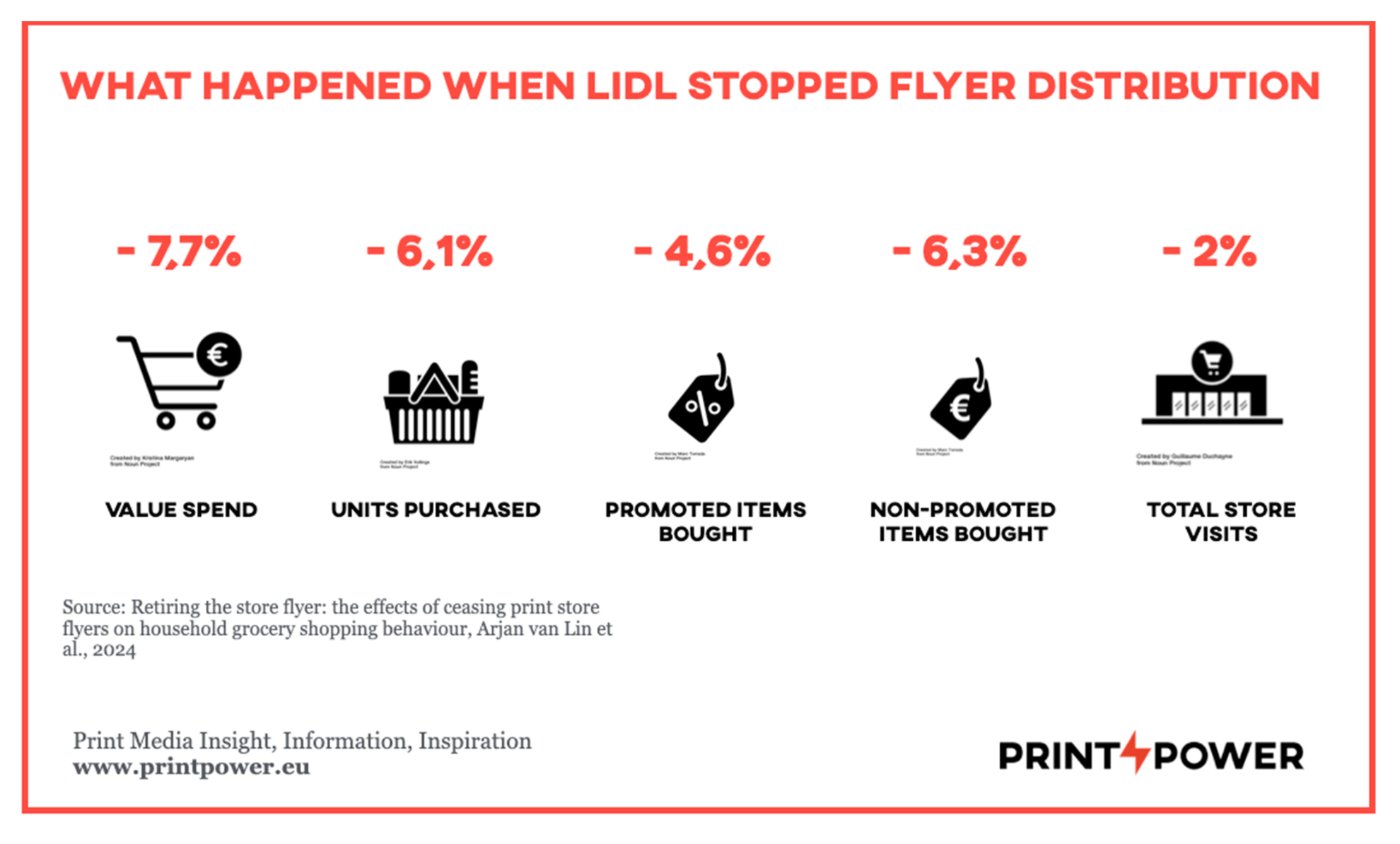
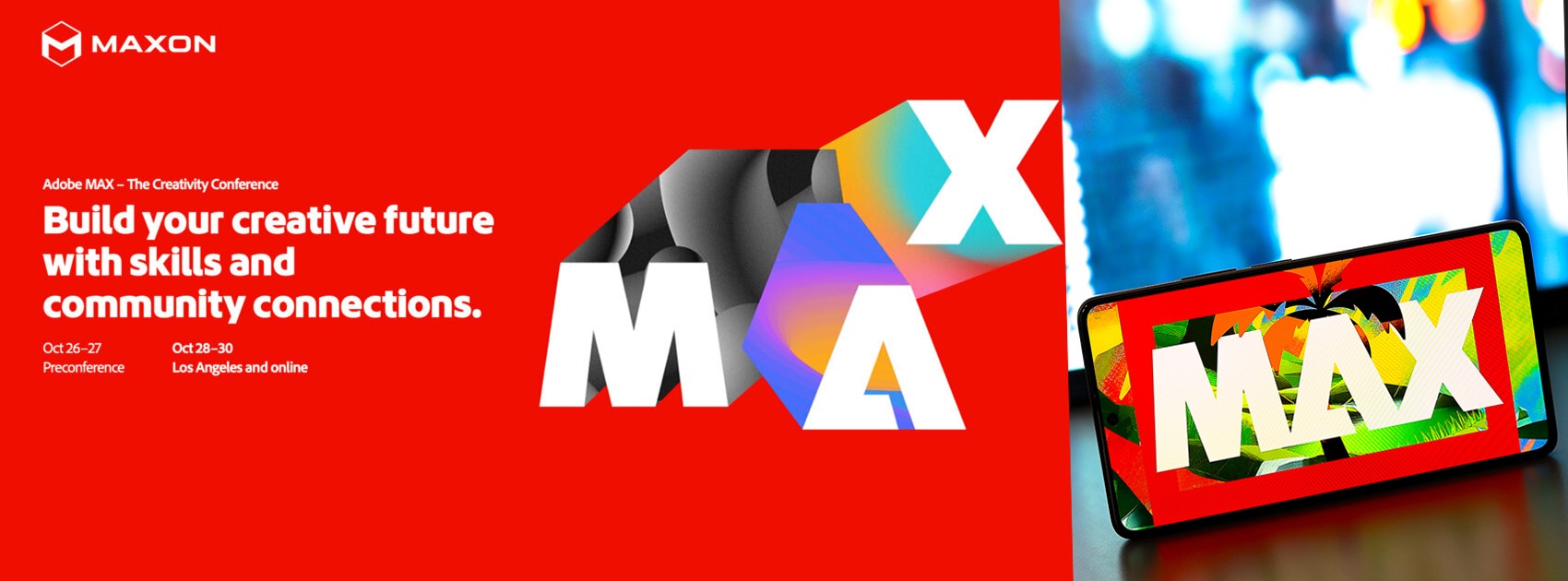

.jpg)




-2025-11-19-10-50-51.jpg)

